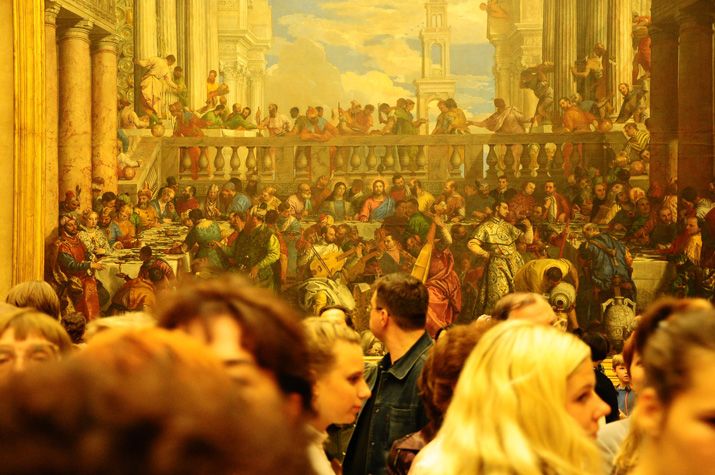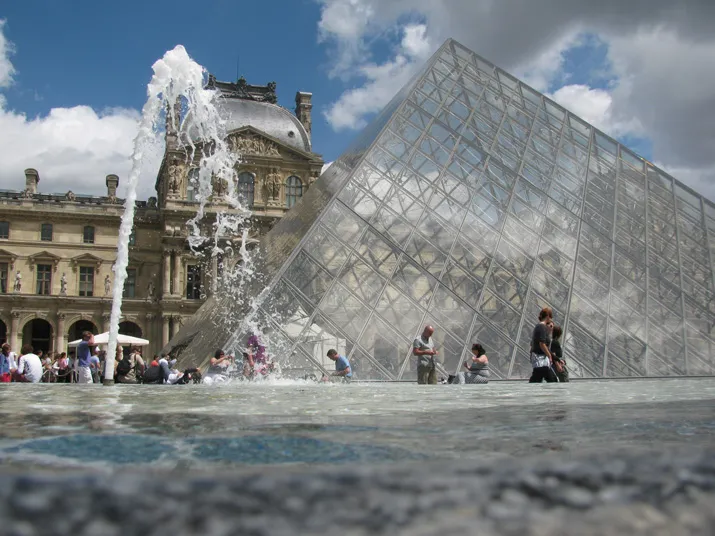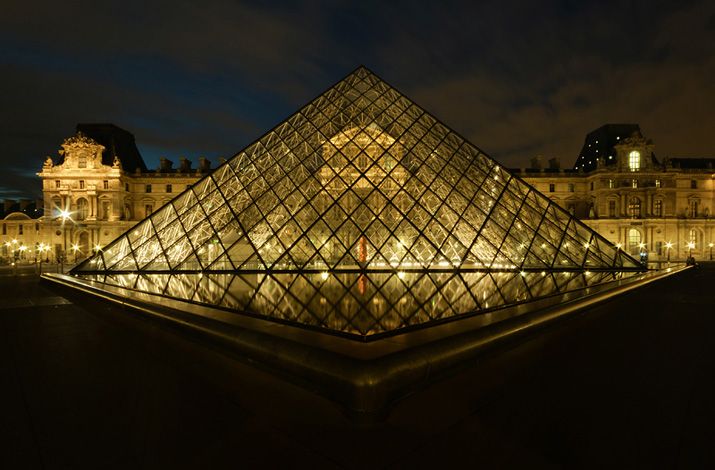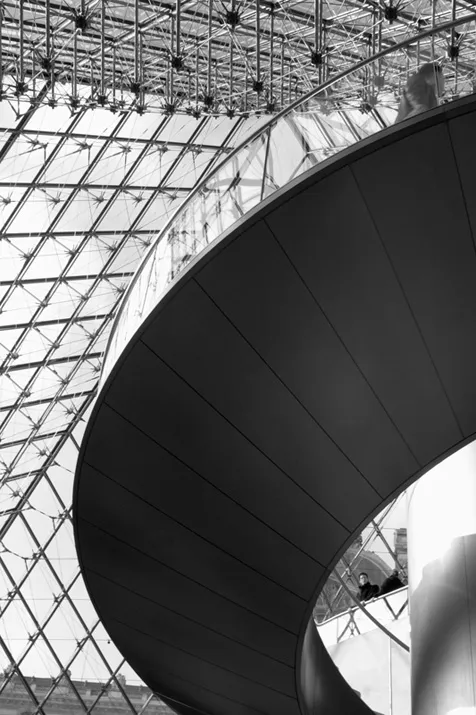The Louvre’s Priceless Masterpieces
Mona Lisa and Venus de Milo are just two of the works housed within the walls of this fortress-turned-royal palace-turned-museum
/https://tf-cmsv2-smithsonianmag-media.s3.amazonaws.com/filer/lifelist-louvre-631.jpg)
The Mona Lisa. The Venus de Milo. The Winged Victory of Samothrace. The collection in the Louvre Museum in Paris is an Art History 101 checklist. And yes, you must see the works in person. No photograph or Web site has the same impact as standing dwarfed before the myriad intricacies of Renaissance painter Paolo Veronese's 22-foot-tall Wedding Feast at Cana. But a pick-and-choose tour of famous masterpieces ignores the full scope of the collection. Begun by King François I in 1546, the 35,000 pieces are a narrative of artistic vision from antiquity through the mid-19th century.
The Louvre is the granddaddy of public art museums. In 1793 the medieval fortress-turned-royal palace was opened to all the people by order of the French Revolutionary government. Fostered later by Napoleon, who understood the propaganda value of a collection of world masterpieces, it was also a center for the education of artists. "The Louvre was the inspiration for other art museums," says Andrew McClellan, author of Inventing the Louvre and a professor of art history and museum studies at Tufts University. "It is the quintessential example of the museum idea: that you can go into one place and confront the surviving products of distant cultures and the finest things that have ever been made."
So how to take it all in? "The only way to do it is to go back repeatedly," counsels McClellan, who estimates he's visited about 75 times. In the words of Paul Cézanne, "Keep good company—that is, go to the Louvre."
Planning Your Next Trip?
Explore great travel deals
Smithsonian magazine participates in affiliate link advertising programs. If you purchase an item through these links, we receive a commission.



